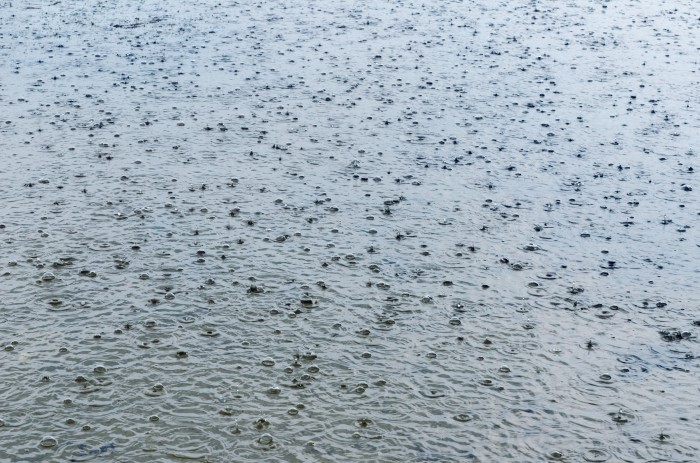Nowadays the access to the drinking water is a major problem: the developed countries consume it in an outrageous way, they almost never drink the tap water and do not recycle the used water. While many countries all over the world do not even have access to the water, and have to be satisfied with the water from the lakes or the rivers as well. However, there are many options to recycle the soiled water and make them suitable for the daily consumption again.
The importance of used water treatment
Currently only the two percent of the used water in the world is recycled: it is absolutely derisory compared to the excessive human consumption. Moreover, a lot of people are worried about reusing soiled water, often because they do not know that it is perfectly suitable for consumption once it is treated in water treatment plants. Yet, it is essential to recycle used waters because it can be reused in many ways: indeed, we can use it as tap water for the daily consumption, and the factories can use it as well in the industry. As well as the farmers who always need water to irrigate their fields.
Instructions for water treatment
Firstly the used water is filtered through a big sieve to remove the biggest impurities. Then it is degritted and degreased, and treated with chlorine to aggregate the suspended particles. After that, the water is aerated and oxygenated, and it is sent in a big sedimentation tank to enables to sediments to fall at the bottom. They it is treated a second time with chlorine and ozone, to eliminate the germs and other bacteria responsible for diseases. This last step may be repeated twice to ensure a perfect quality. Once the water is treated, the urban and industrial sludge is collected to be recycled too.

